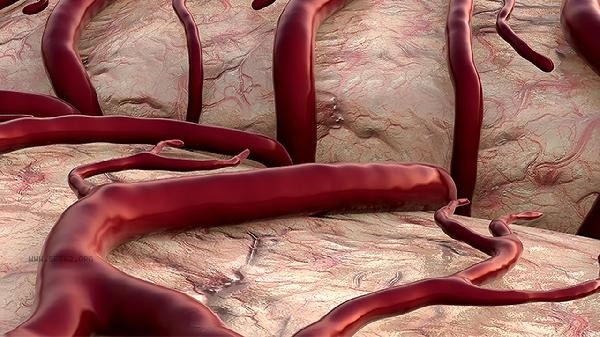Pulmonary small artery embolism may lead to serious consequences such as pulmonary circulation disorders, right heart failure, hypoxemia, pulmonary infarction, and sudden death. The main consequences include worsening pulmonary arterial hypertension, impaired right ventricular function, decreased respiratory function, local lung tissue necrosis, and sudden circulatory failure.

1. Pulmonary arterial hypertension: After thrombosis blocks pulmonary arterioles, vascular resistance increases sharply, leading to sustained increase in pulmonary arterial pressure. Long term pulmonary arterial hypertension may cause pulmonary vascular remodeling, further exacerbating right heart afterload. Patients may experience symptoms such as shortness of breath after physical activity, a feeling of compression behind the sternum, and in severe cases, signs such as jugular vein engorgement.
2. Right heart failure:
The right ventricle compensates for hypertrophy to overcome increased pulmonary artery pressure, ultimately leading to dysfunction of right ventricular dilation and contraction. The clinical manifestations include lower limb edema, liver congestion, ascites and other systemic congestion symptoms. Right heart failure is one of the main causes of death in patients with pulmonary embolism.
3. Hypoxemia:
Disruption of blood flow in the embolized area causes an imbalance in ventilation/blood flow ratio, while compensatory vasoconstriction may occur in the non embolized area. These changes lead to a decrease in blood oxygen exchange efficiency, causing patients to experience hypoxia such as difficulty breathing and cyanosis. In severe cases, mechanical ventilation support is required.

4. Pulmonary infarction:
When embolism simultaneously blocks bronchial artery blood supply, the affected lung tissue undergoes ischemic necrosis. The typical manifestation is a triad of sudden chest pain, hemoptysis, and fever, with wedge-shaped consolidation visible on chest imaging. Pulmonary infarction may lead to secondary infection and the formation of lung abscess.
5. Risk of sudden death:
Large area pulmonary embolism can lead to acute right heart obstruction, causing a sudden drop in cardiac output and cardiogenic shock. Some patients may experience malignant arrhythmias such as ventricular tachycardia or ventricular fibrillation, which may lead to sudden death in a short period of time.
Prevention of pulmonary embolism requires attention to the control of risk factors for venous thrombosis, including early postoperative activity, regular physical exercise during long-distance travel, and the use of anticoagulant drugs by chronic disease patients according to medical advice. It is recommended that high-risk individuals wear gradient pressure socks and maintain moderate daily water intake to promote blood circulation. When experiencing unexplained breathing difficulties or chest pain, D-dimer testing and CT pulmonary angiography should be performed immediately. After diagnosis, it is necessary to strictly follow the doctor's advice for anticoagulant therapy, regularly check coagulation function and cardiac ultrasound, avoid vigorous exercise to prevent thrombus detachment. Pay attention to supplementing vegetables with high-quality protein and stable vitamin K content in diet, and maintain a balanced nutrition to promote vascular health.









Comments (0)
Leave a Comment
No comments yet
Be the first to share your thoughts!